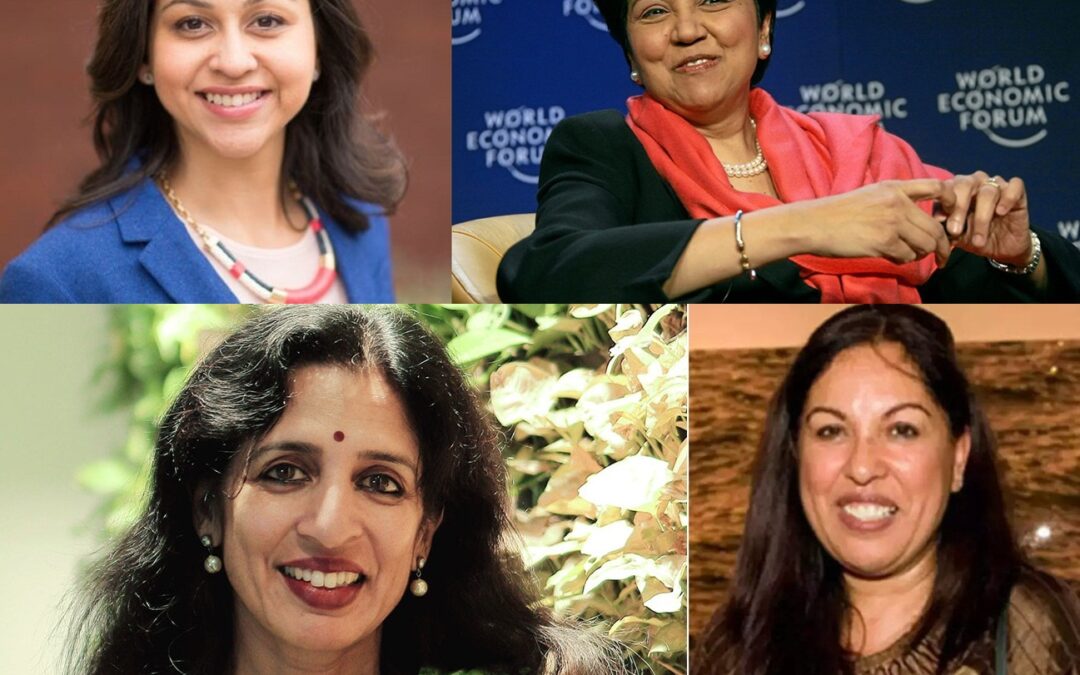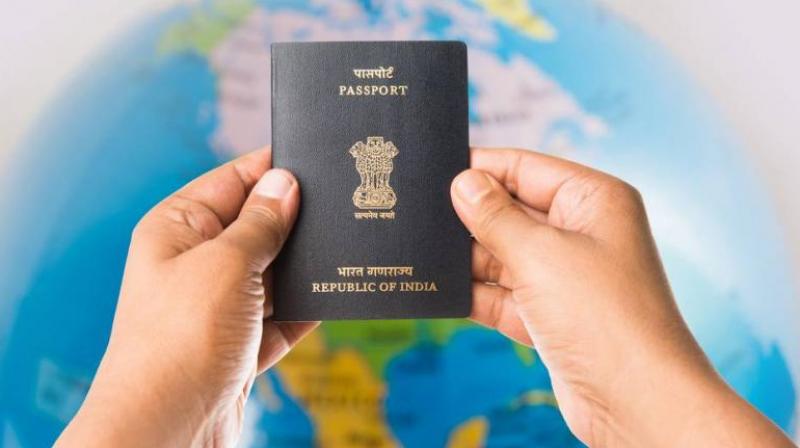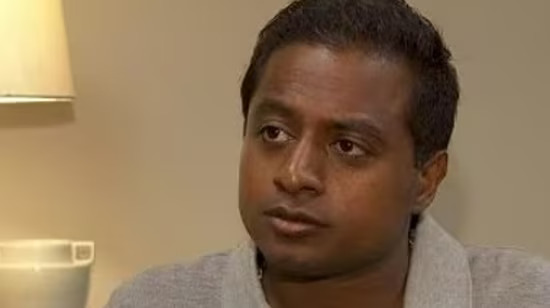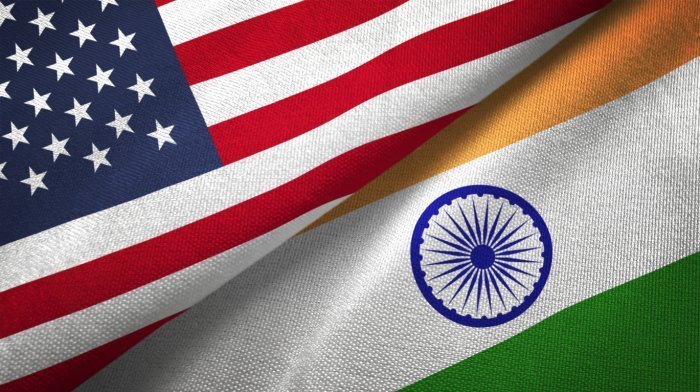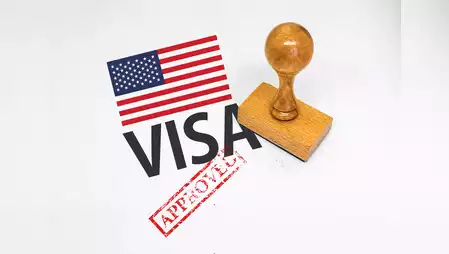In a move that could benefit thousands of Indian-Americans waiting for their green cards, a member of the President’s Advisory Commission on Asian Americans, Native Hawaiian and Pacific Islanders has recommended that all unused green cards for family and employment categories since 1992 be recaptured.
This includes the recapture of more than 2,30,000 unused employment-based green cards from 1992 to 2022 and processing a portion of these every fiscal year in addition to the annual limit of 1,40,000 for this category, Indian-American Ajay Bhutoria said in his set of recommendations submitted before the commission on Thursday.
“Recapture Unused Green Cards and Prevent Future Green Card Waste” aims to address bureaucratic delays in the green card application process and provide relief to individuals waiting in backlogs, he said.
The Department of Homeland Security (DHS) is authorised by Congress to issue a specific number of family-based and employment-based immigrant visas annually. However, bureaucratic delays have resulted in the under-utilisation of available green cards, leading to accumulation of unused green cards over the years, he added.
To tackle this, Mr Bhutoria proposed two key solutions.
Firstly, the Department of Homeland Security and the Department of State should recapture unused green cards for family and employment categories from 1992 through 2025. This includes the recapture of more than 2,30,000 unused employment-based green cards from 1992 to 2022 and processing a portion of these every fiscal year in addition to the annual limit of 1,40,000 for the employment-based category, he said.
Secondly, the State Department, in collaboration with the Department of Homeland Security, should adopt a new policy to confirm that all green cards, per the annual limit, remain available for eligible immigrants even if the agencies cannot process the relevant paperwork in that fiscal year. This policy should be applied retroactively to recapture green cards that were unused before the new policy goes into effect, he said.
Mr Bhutoria noted that his recommendation emphasises the negative impact of under-utilised green cards on individuals, families and the US economy.
The unused green cards represent lost opportunities for the country and contribute to worsening backlogs, especially affecting Indian-American, Filipino-American, and Chinese-American families, according to Mr Bhutoria.
Furthermore, the lack of a green card restricts the mobility of temporary workers on H-1B visas and limits their contributions to the US economy. Children of these temporary workers are at risk of ageing out of immigration status when they turn 21, he said.
He said his recommendation aligns with proposals introduced in the 117th Congress to recapture green cards that were previously unissued by United States Citizenship and Immigration Services (USCIS) due to administrative errors.
By recapturing these unused green cards, billions of dollars could be added to the economy, the backlog for families waiting for green cards could be reduced, and unnecessary bureaucratic limitations on legal immigration could be mitigated, he argued.
According to the Congressional Research Service, over the past two decades, the number of people on the waiting list for family-sponsored green cards has grown by over 100 per cent.
As of 2020, there were approximately 4.2 million individuals waiting for family-sponsored green cards with an average wait time of six years. For employment-based green cards, there were approximately 1.2 million individuals waiting with an average wait time of six years. But for Indian IT professionals, on an average, it’s more than a decade and many are yet to receive their green card even after 15 years.
In his remarks before the commission, Mr Bhutoria applauded the Biden administration for implementing several recommendations of the commission.
In December last year, the commission recommended actions to reduce significant visa appointment wait times.
The administration has taken steps to reduce wait times and improved visa appointment processes. Visa appointment delays have been significantly reduced to two-four weeks, allowing individuals to plan their travel and immigration processes more efficiently. Additionally, students applying for a student visa can now do so up to one year prior to their college admission date, providing them with greater flexibility and ease of transition, he said.
The commission had also recommended revising ageing out kids on their parents’ green card application in December last year, he said.
The USCIS revised the Child Age-Out Calculation Policy, which calculates the age of children in certain immigration cases, providing greater clarity and fairness, ensuring that eligible children retain their eligibility for immigration benefits and do not age out of the system, he said.
“These recent immigration updates reflect the direct impact of the … Commission’s recommendations and the commitment of the Biden administration to help families and create immigration policies that are more inclusive, efficient and responsive to the needs of our communities,” Mr Bhutoria said.
